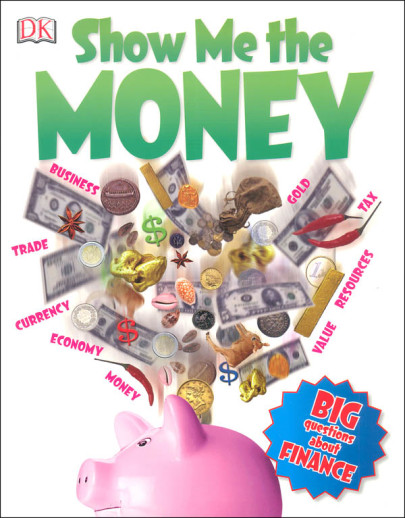We use cookies to make your experience better. To comply with the new e-Privacy directive, we need to ask for your consent to set the cookies. Learn more.
Show Me the Money: Big Questions About Finance
Money makes the world go round, but how well do children understand finances? Show Me the Money breaks the mold of the school textbook and introduces young readers to the world of economics from the history of money to e-commerce.
Divided into sections that focus on economics, business, personal finance, and the history of trade, Show Me the Money takes technical jargon and breaks it down with easy-to-understand text, diagrams, and illustrations making a formerly dry subject interesting and relevant. Topical questions of ethics are addressed throughout, including free trade, fair trade, debt in the developing world, and the impact of business on the environment. The book also looks at personal finance from saving to pensions, and introduces key thinkers such as Adam Smith and John Maynard Keynes, to take a look at the bigger picture of the global economy.
Updated to be in tune with today's culture of environmental and social awareness, Show Me the Money is a good investment for young people who want to learn about economics and the world around them.
| Product Format: | Paperback |
|---|---|
| Brand: | Dorling Kindersley |
| Grades: | 3-7 |
| ISBN: | 9781465440006 |
| Length in Inches: | 10.875 |
| Width in Inches: | 8.5625 |
| Height in Inches: | 0.3125 |
| Weight in Pounds: | 0.9 |

